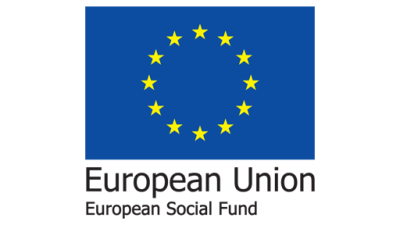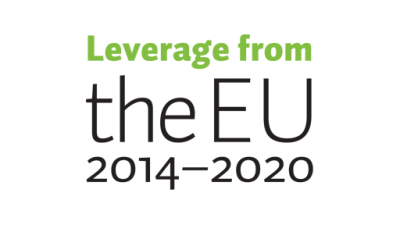Project
KUURA - Työhön kytkeytyvä kuntoutus työurien pidentäjänä
Project sponsors
Main objective of the project
The main objective of the project was to create a comprehensive information package on work-related rehabilitation and, as part of it, a work modification model through collaborative development work. Additionally, the aim was to develop the skills of rehabilitation professionals and workplace operators in work-related rehabilitation in order to be able to support employees' work ability so that careers could be lengthened and productivity improved.
Implementation
A total of 24 workplaces from different sectors participated in the pilot of the information package. The project steering group also took part in the piloting.
Project results
The material has been published in Finnish and Swedish for free use by everyone on the websites of the Jyväskylä University of Applied Sciences and the Finnish Institute of Occupational Health as part of their open learning materials.

